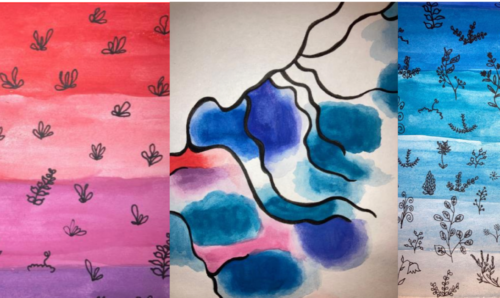The fascinating history – and future – of FIRS Environmental Research Station
Research impact and institutes Social responsibility 3rd December 2020
Following our recent post on the newly renovated FIRS greenhouses, we wanted to take a look at the interesting history of the site – and what the future might hold.
Joseph Whitworth
The story of the FIRS starts with Manchester and the birth of Joseph Whitworth in 1803. Whitworth, an engineer and entrepreneur, is perhaps known for the invention of one of the world’s first sniper rifles. This made him a wealthy man and he purchased some 60 acres of land to form an estate in the heart of Fallowfield. Upon his death in 1887, he bequeathed some his fortune and land to The University of Manchester.
His money went towards a host of things, including the Whitworth Art Gallery and the Christie Hospital in Manchester. His generosity also enabled the Whitworth Scholarship to be created, which 15 recipients still receive every year. The scholarship is awarded to engineering students in the UK and it still uses the money Whitworth donated in 1868. It also created the Whitworth Society, which brings together engineers who may benefit from the Whitworth Scholarship, and further engineering research around the world.
The founding of the FIRS
His estate in Fallowfield is now better known as The Chancellor’s hotel and the FIRS Environmental Research Station. The FIRS was quickly established as a place of plant research by the University’s botany group, and it built upon the legacy of the pioneering Professor of Botany F E Weiss. What was Whitworth’s old shooting range was quickly transformed into a vegetable patch and greenhouse facility.
The greenhouses in particular proved incredibly important in Britain’s World War One campaigns, as they were used to grow drugs obtained from the A. belladonna and Hyoscyamus niger plants. Over the 20th century and into the 21st, a number of incredibly important plant science research studies have been carried out at the FIRS and it continues to this day as an important and active part of The University of Manchester’s research life.
Greenspaces and wellbeing
What does the future have in store for the FIRS? Well, there are currently plans to make the most of the campus green space and set up some wellbeing classes, and to encourage University staff and students to use the space for work and study. Giles Johnson, a lecturer who undertakes research at the site, said:
“We’re looking to develop a series of wellbeing activities. We’d love to get members of the public, members of the University staff and our students to come down and experience the FIRS. It’d be great to give them a space to study, to research and to relax in a greenspace in the heart of Fallowfield.”
The FIRS has changed a lot in the last 200 years. From a shooting range to test out new rifle mechanics to leading plant science research on the site, the FIRS has led an active life. We wonder what the next 200 years of the site will bring.
If you enjoyed this post, be sure to subscribe on our homepage to keep up to date with the latest posts from The Hub.
Words: Kory Stout
Video: Kory Stout
Images: Kory Stout
Earth and Environmental ScienceEarth and Environmental Sciencesenvironmental scienceoutreach




